Sallie Mae 2015 Annual Report Download - page 33
Download and view the complete annual report
Please find page 33 of the 2015 Sallie Mae annual report below. You can navigate through the pages in the report by either clicking on the pages listed below, or by using the keyword search tool below to find specific information within the annual report.-
 1
1 -
 2
2 -
 3
3 -
 4
4 -
 5
5 -
 6
6 -
 7
7 -
 8
8 -
 9
9 -
 10
10 -
 11
11 -
 12
12 -
 13
13 -
 14
14 -
 15
15 -
 16
16 -
 17
17 -
 18
18 -
 19
19 -
 20
20 -
 21
21 -
 22
22 -
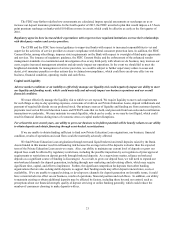 23
23 -
 24
24 -
 25
25 -
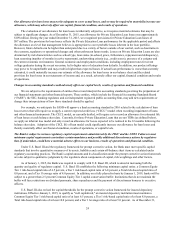 26
26 -
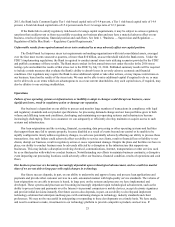 27
27 -
 28
28 -
 29
29 -
 30
30 -
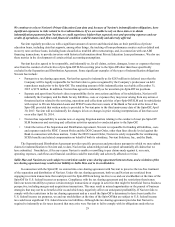 31
31 -
 32
32 -
 33
33 -
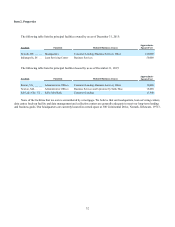 34
34 -
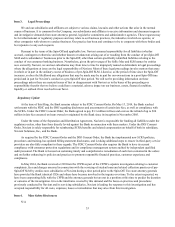 35
35 -
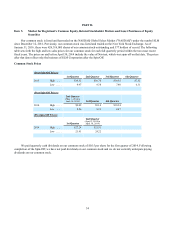 36
36 -
 37
37 -
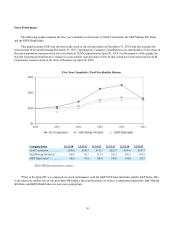 38
38 -
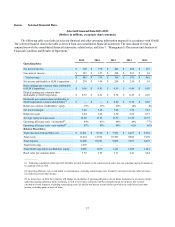 39
39 -
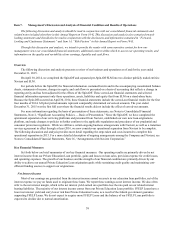 40
40 -
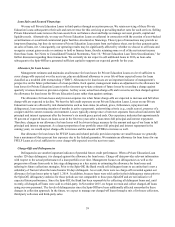 41
41 -
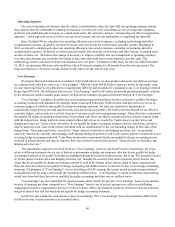 42
42 -
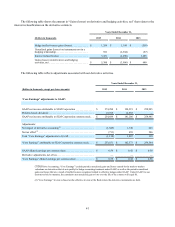 43
43 -
 44
44 -
 45
45 -
 46
46 -
 47
47 -
 48
48 -
 49
49 -
 50
50 -
 51
51 -
 52
52 -
 53
53 -
 54
54 -
 55
55 -
 56
56 -
 57
57 -
 58
58 -
 59
59 -
 60
60 -
 61
61 -
 62
62 -
 63
63 -
 64
64 -
 65
65 -
 66
66 -
 67
67 -
 68
68 -
 69
69 -
 70
70 -
 71
71 -
 72
72 -
 73
73 -
 74
74 -
 75
75 -
 76
76 -
 77
77 -
 78
78 -
 79
79 -
 80
80 -
 81
81 -
 82
82 -
 83
83 -
 84
84 -
 85
85 -
 86
86 -
 87
87 -
 88
88 -
 89
89 -
 90
90 -
 91
91 -
 92
92 -
 93
93 -
 94
94 -
 95
95 -
 96
96 -
 97
97 -
 98
98 -
 99
99 -
 100
100 -
 101
101 -
 102
102 -
 103
103 -
 104
104 -
 105
105 -
 106
106 -
 107
107 -
 108
108 -
 109
109 -
 110
110 -
 111
111 -
 112
112 -
 113
113 -
 114
114 -
 115
115 -
 116
116 -
 117
117 -
 118
118 -
 119
119 -
 120
120 -
 121
121 -
 122
122 -
 123
123 -
 124
124 -
 125
125 -
 126
126 -
 127
127 -
 128
128 -
 129
129 -
 130
130 -
 131
131 -
 132
132 -
 133
133 -
 134
134 -
 135
135 -
 136
136 -
 137
137 -
 138
138 -
 139
139 -
 140
140 -
 141
141 -
 142
142 -
 143
143 -
 144
144 -
 145
145 -
 146
146 -
 147
147 -
 148
148 -
 149
149 -
 150
150 -
 151
151 -
 152
152 -
 153
153 -
 154
154 -
 155
155 -
 156
156 -
 157
157 -
 158
158 -
 159
159 -
 160
160 -
 161
161 -
 162
162 -
 163
163 -
 164
164 -
 165
165 -
 166
166 -
 167
167 -
 168
168 -
 169
169 -
 170
170 -
 171
171 -
 172
172 -
 173
173 -
 174
174 -
 175
175 -
 176
176 -
 177
177 -
 178
178 -
 179
179 -
 180
180 -
 181
181 -
 182
182 -
 183
183 -
 184
184 -
 185
185 -
 186
186 -
 187
187 -
 188
188 -
 189
189 -
 190
190 -
 191
191 -
 192
192 -
 193
193 -
 194
194 -
 195
195 -
 196
196 -
 197
197 -
 198
198 -
 199
199 -
 200
200 -
 201
201 -
 202
202 -
 203
203 -
 204
204 -
 205
205 -
 206
206 -
 207
207 -
 208
208 -
 209
209 -
 210
210 -
 211
211 -
 212
212 -
 213
213 -
 214
214 -
 215
215 -
 216
216 -
 217
217 -
 218
218 -
 219
219 -
 220
220 -
 221
221 -
 222
222 -
 223
223 -
 224
224 -
 225
225 -
 226
226 -
 227
227 -
 228
228 -
 229
229 -
 230
230 -
 231
231 -
 232
232 -
 233
233 -
 234
234 -
 235
235 -
 236
236 -
 237
237 -
 238
238 -
 239
239 -
 240
240 -
 241
241 -
 242
242 -
 243
243 -
 244
244 -
 245
245 -
 246
246 -
 247
247 -
 248
248 -
 249
249 -
 250
250 -
 251
251 -
 252
252 -
 253
253 -
 254
254 -
 255
255 -
 256
256 -
 257
257
 |
 |
31
The holders of our preferred stock have rights that are senior to those of our common shareholders.
At December 31, 2015, we had issued and outstanding 3.3 million shares of our 6.97 percent Cumulative Redeemable
Preferred Stock, Series A and 4.0 million shares of our Floating-Rate Non-Cumulative Preferred Stock, Series B.
Our preferred stock is senior to our shares of common stock in right of payment of dividends and other distributions. We
must be current on dividends payable to holders of preferred stock before any dividends can be paid on our common stock. In
the event of our bankruptcy, dissolution or liquidation, the holders of our preferred stock must be satisfied before any
distributions can be made to our common shareholders.
Our ability to pay dividends on our common stock can be subject to regulatory restrictions.
We have not paid dividends on our common stock since the Spin-Off and we do not expect to do so for the foreseeable
future. However, should we choose to do so, we are dependent on funds obtained from the Bank to fund dividend payments.
Regulatory and other legal restrictions may limit our ability to transfer funds freely, either to or from our subsidiaries. In
particular, the Bank is subject to laws and regulations that authorize regulatory bodies to block or reduce the flow of funds to
us, or that prohibit such transfers altogether in certain circumstances. These laws, regulations and rules may hinder our ability
to access funds that we may need to make payments on our obligations. The FDIC has the authority to prohibit or to limit the
payment of dividends by the banking organizations they supervise, including us and our bank subsidiaries.
Restrictions on Ownership
The ability of a third-party to acquire us is limited under applicable U.S. and state banking laws and regulations.
Under the Change in Bank Control Act of 1978, as amended (“CIBC Act”), the FDIC’s regulations thereunder, and
similar Utah banking laws, any person, either individually or acting through or in concert with one or more other persons, must
provide notice to, and effectively receive prior approval from, the FDIC and UDFI before acquiring “control” of us. In practice,
the process for obtaining such approval is complicated and time-consuming, often taking longer than six months, and a
proposed acquisition may be disapproved for a variety of factors, including, but not limited to, antitrust concerns, financial
condition and managerial competence of the applicant, and failure of the applicant to furnish all required information. Under
the FDIC’s CIBC Act regulations, control is rebuttably presumed to exist, and notice is required, where a person owns, controls
or holds with the power to vote 10 percent or more of any class of our voting shares and no other person owns, controls or holds
with the power to vote a greater percentage of that class of voting shares.
Item 1B. Unresolved Staff Comments
None.
